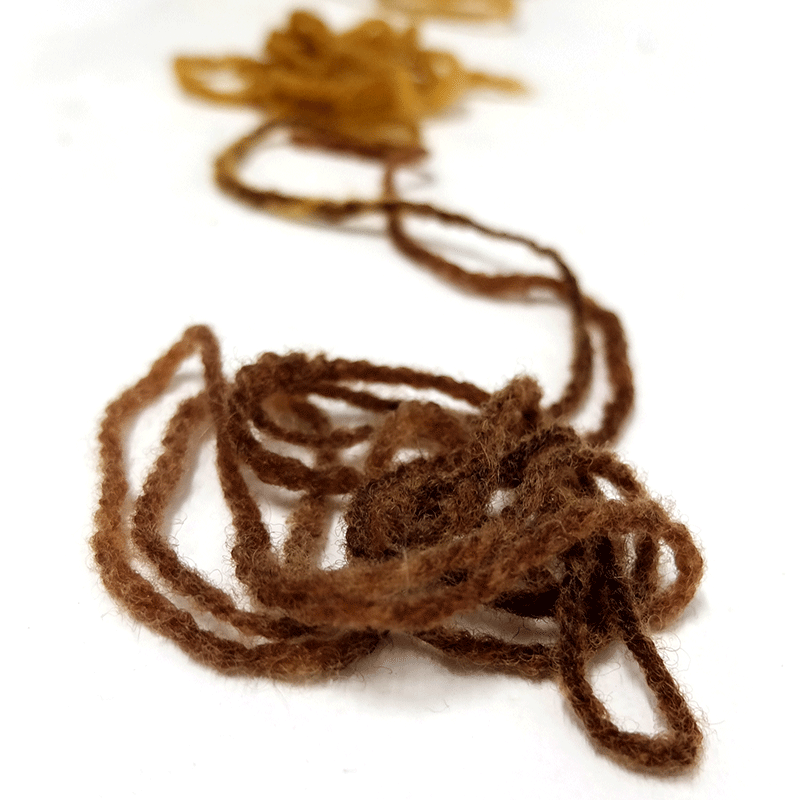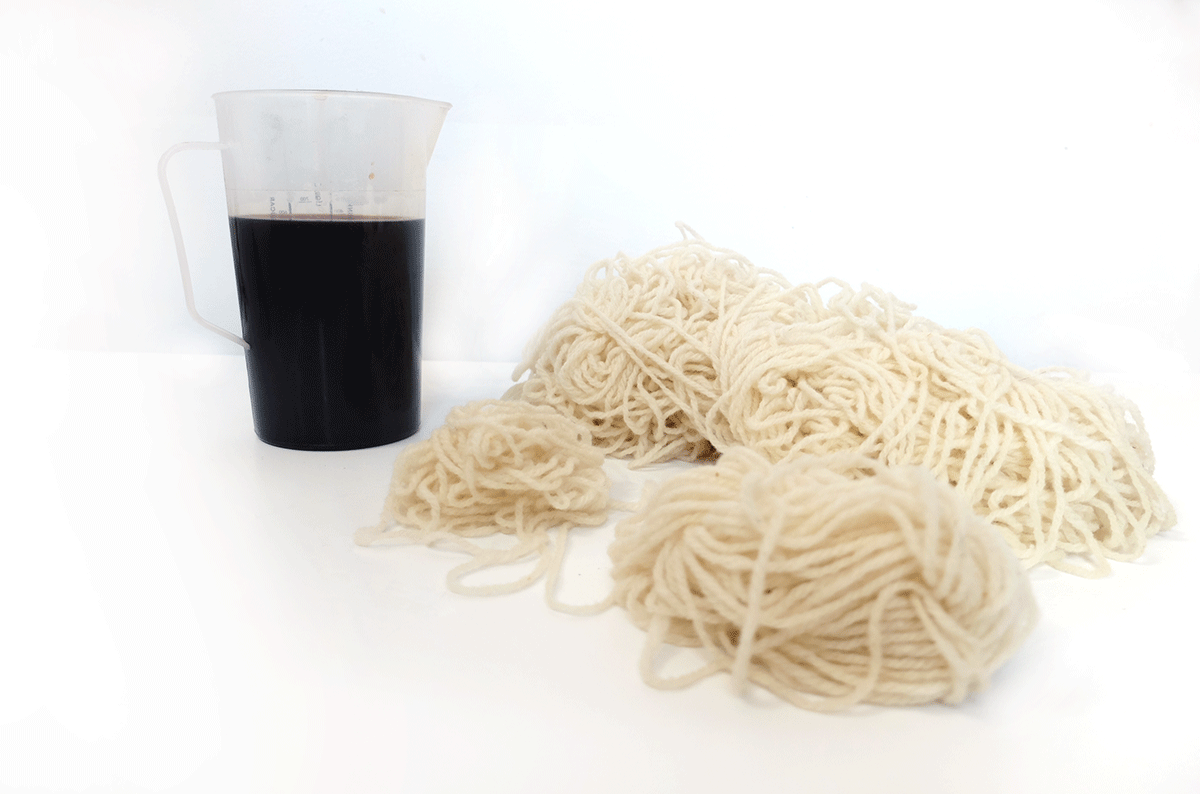Harvested in the Collserola Natural Park just above Barcelona, the Pisolithus arhizus, is a poisonous / inedible mushroom. It belongs to the family of Puffballs and its name, in the Greek etymology, is composed of : Piso- meaning a pea, and lith meaning a stone, and the arrhizus means 'rootless'. It is also known as : pisolithus tinctorius, dyeball, dead man's foot, horse dung fungus, perdebal, bohemian truffle , dog turd fungus, dyermaker's puffball. Under a rainy evening hike, the dyeball appeared in front of me. I had to use a series of mobile apps (applications such as Mushroom ID, Plantnet and finally google images search) to identify the mushroom and when I realized that I had foraged the so called "dyeball" I felt lucky! This particular fungus is frequently used by foresters and gardeners as the basis of a soil inoculant as it forms strong bonds known as mycorrhizas with almost any kind of root, promoting tree and plant growth. Its powerful hyphae are also strong enough to push through tarmac where it can be found as bumps on roads.
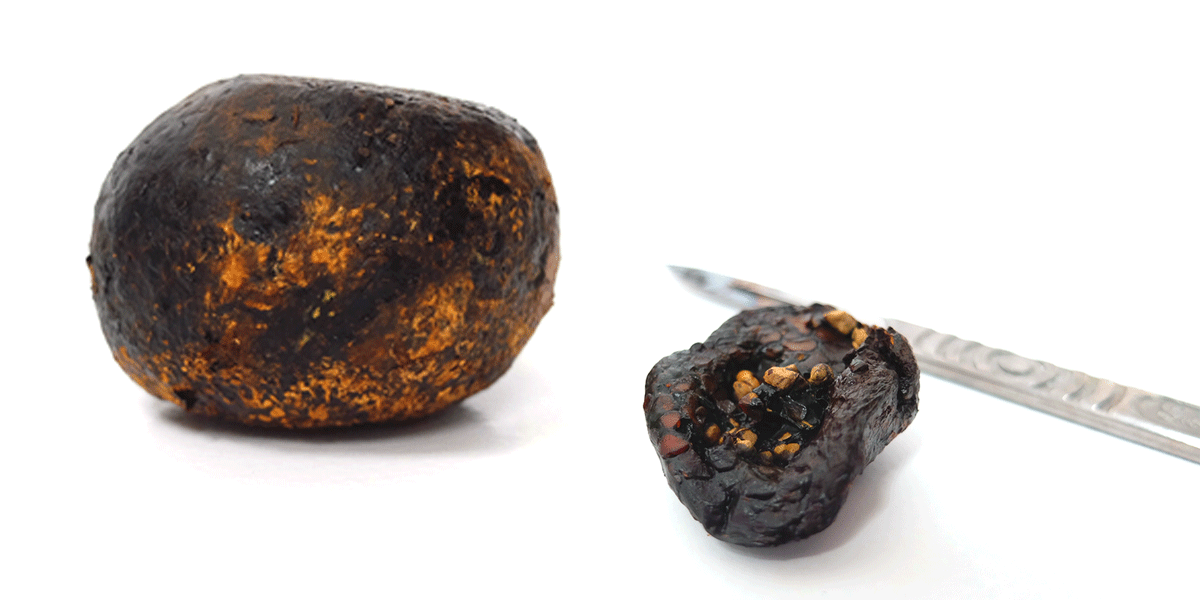
Dyeing with the Dyeball - Safety Protocol What you will need: 50-100g of dry weight natural wool 20g of Pisolithus arhizus (1 fresh young mushroom) Large pot Stove Gloves Wooden spoon Dusk mask Strainer Safe place to boil the mushroom - powerful extractor fan or outdoors Water Sodium Carbonate or pH neutral detergent (for scouring) Aluminum Potassium Sulfate (for mordanting) Cream of Tartar (for mordanting)
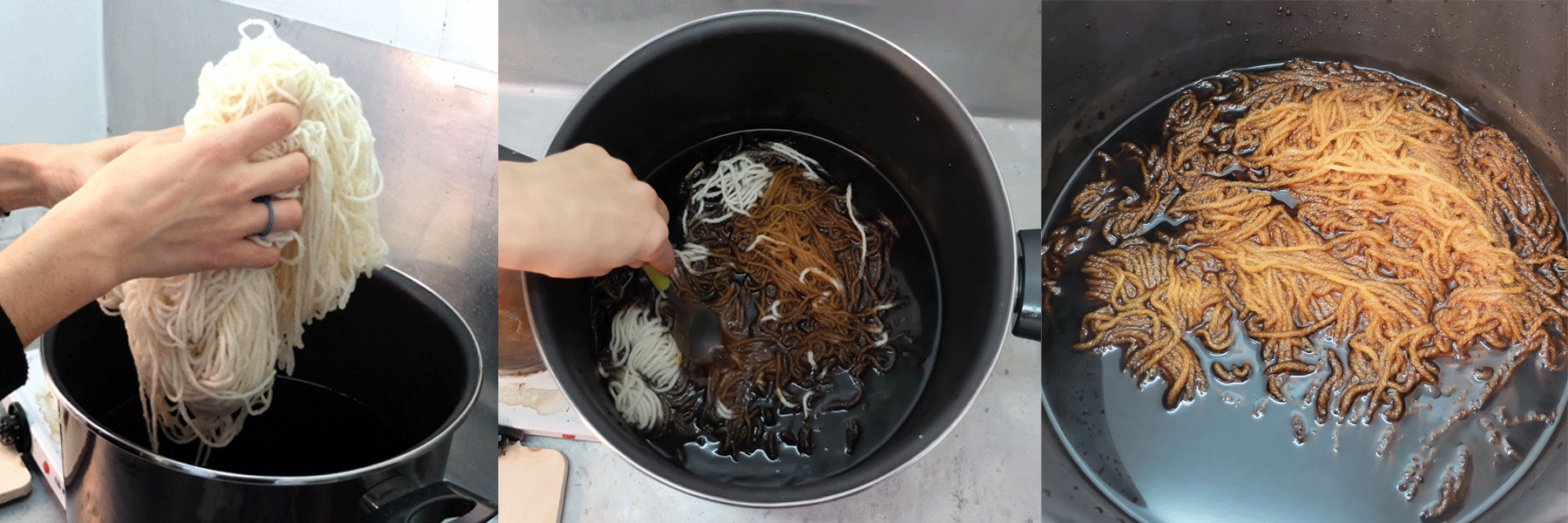
Steps: - Firstly weigh the wool and write down the WOF ( weight of fibers). You need to scour it with a ph neutral soap and then mordant it with 8% of WOF Aluminum Potassium Sulfate ( for protein/animal fibers) and 2% WOF cream of tartar. Once mordanted, rinse well and let the wool soaking in water. Try to be gentle with temperature changes because you may destroy the fibers. - In a large pot, bring water to boil and add the sliced up dyeball mushroom - being careful not to breathe in any spores whilst breaking it up - Simmer for 20-30 minutes and strain out the mushroom remains, now you will have a deep reddish brown color. If you have more mushrooms, you may need to simmer for longer. - Bring the temperature down to just below simmer and gently place wool in the pot - Stir gently to evenly distribute color - There will be a strong smell at this stage so be careful to wear mask and have powerful enough extractor fan or work outdoors. - Cook 1 – 2 hours or if you can, leave it overnight simmering and slightly covered. If you want lighter colors, leave for 45 minutes, for darker ones, let soak overnight. - Allow to cool, remove wool fibers and rinse the wool to take of the excess of the dye. - Preserve liquid for in sealed jars or bottles for future dyes! ( The more you use the dye, the lighter shades you will have!)
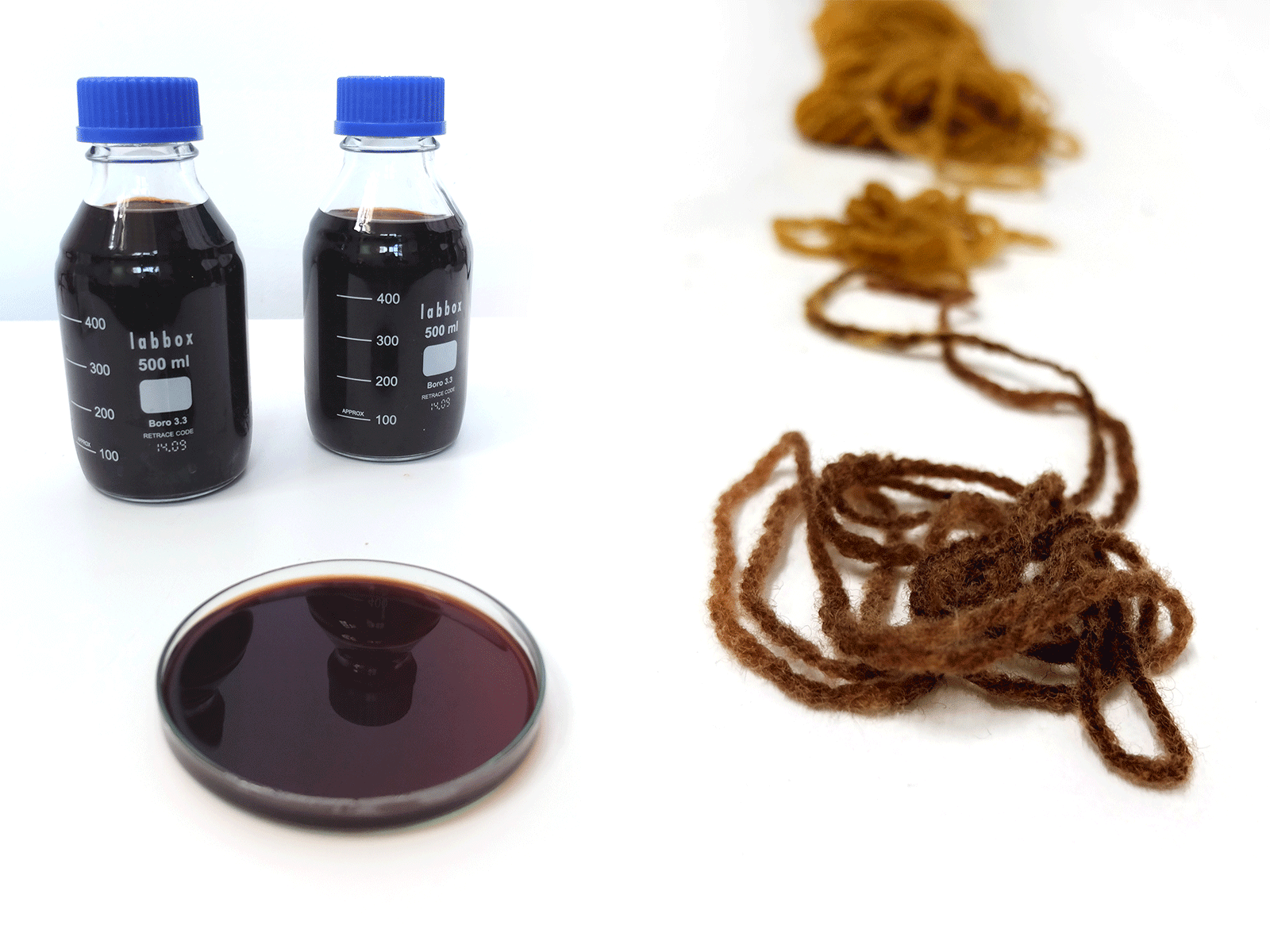
Readings If you are interested in learning more about dyeing mushrooms, have a look at the MUSHROOM COLOR ATLAS https://ultimate-mushroom.com/poisonous/170-pisolithus-arhizus.html http://www.fungusfactfriday.com/119-pisolithus-arrhizus/ http://www.cnch.org/cnchnet/winter-2012/mushroom-dyeing/ https://www.first-nature.com/fungi/pisolithus-arrhizus.php https://www.mycopigments.com/ https://namyco.org/fiber_dye_mushrooms.php
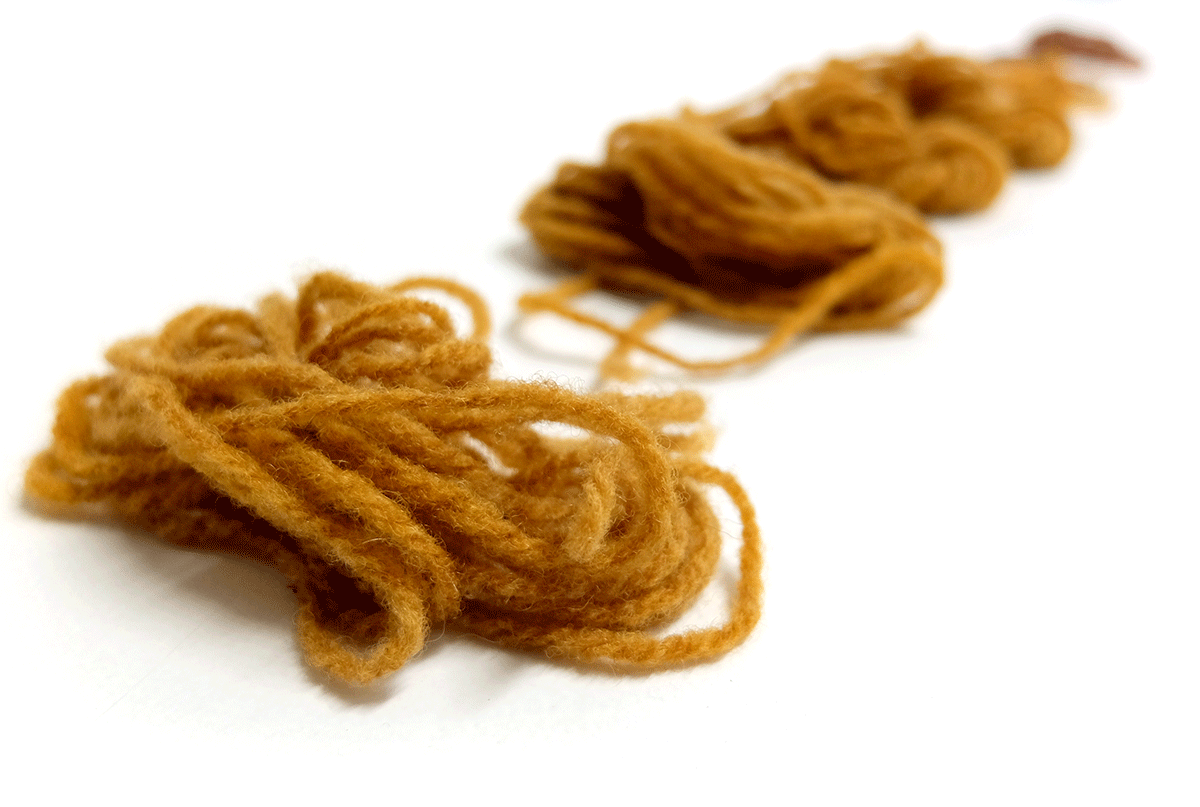
Photo credits : FabTextiles, 2019



